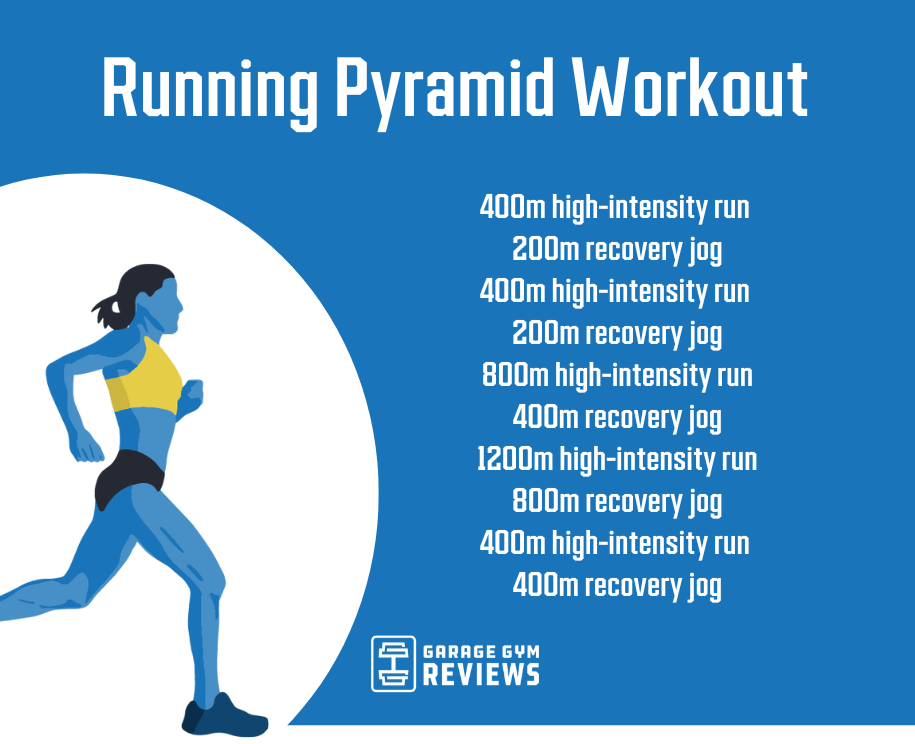Master Your Running Workout: Effective Strategies for Success
Master Your Running Workout: Effective Strategies for Success
Blog Article
Getting Over Discomfort in Running: Strategies and Strategies That Work
Discomfort is a common companion for many runners, often serving as a barrier to attaining their desired goals. With the appropriate approaches and techniques, it is possible to conquer and even avoid the discomfort associated with running. By exploring different approaches such as recognizing the different sorts of running pain, maximizing footwear and form, incorporating cross-training and stamina exercises, implementing efficient healing approaches, and maintaining appropriate nutrition and hydration, joggers can potentially alleviate their pain and enhance their total running experience.
Comprehending Different Kinds of Running Pain

One more type of running discomfort is joint discomfort, which can manifest as a sharp or throbbing discomfort in areas such as the knees, hips, or ankles (running strategy). Joint discomfort might be caused by variables like incorrect running kind, overuse, or underlying conditions like arthritis (more info here). It is essential to separate between muscle pain and joint discomfort, as the latter may need medical focus to avoid further injury
Comprehending the different kinds of running discomfort is vital for effective monitoring and avoidance approaches to guarantee a risk-free and delightful running experience.
Proper Shoes and Running Form
To optimize performance and minimize the risk of running-related injuries, picking suitable shoes and preserving appropriate running type are necessary elements for runners of all degrees. It is recommended to select running shoes that are particularly designed for the individual's foot kind, running gait, and the kind of running task they involve in.

Cross-Training and Strength Workouts
Strength workouts, like over at this website squats, lunges, and core workouts, play a critical duty in stabilizing muscular tissues and enhancing running effectiveness. They can deal with muscular tissue imbalances, improve agility, and improve power output, all of which are important for running performance.
It is vital to allow for appropriate rest between running sessions and cross-training activities to prevent overuse injuries. By including these components right into a running regimen, runners can construct a stronger foundation, boost performance, and enjoy a more lasting running experience - more info.
Healing and Relax Methods
Having actually developed the value of cross-training and stamina workouts in a detailed running regimen, focus can currently be routed towards Recuperation and Relax Methods as essential components for optimizing performance and reducing the risk of injuries. (running strategy)
Recuperation after running is vital for muscle fixing and growth. Methods such as foam rolling, extending, and massage therapy help in minimizing muscle pain and boosting adaptability. Adequate rest between runs enables the body to recuperate and adapt to the physical anxiety, protecting against overuse injuries.
Integrating active healing days into a training routine, where low-intensity tasks like strolling or biking are performed, can enhance blood circulation and advertise healing without placing excess stress on the muscle mass. In addition, correct hydration and nutrition play an essential role in the recovery process by replenishing shed liquids and nutrients.
Quality sleep is another essential aspect of healing that must not be forgotten. Throughout rest, the body undertakes repair service and regeneration processes, adding to general physical and psychological wellness. By focusing on healing and rest methods, joggers can preserve optimal efficiency levels and decrease the probability of experiencing pain or injuries.
Nutrition and Hydration for Runners
How can joggers maximize their efficiency via correct nourishment and hydration techniques? Nourishment and hydration are essential elements of a jogger's training program, playing a crucial role in efficiency, endurance, and recovery. To enhance efficiency, runners ought to concentrate on eating a well-balanced diet that includes carbs, proteins, healthy fats, vitamins, and minerals. Carbohydrates offer energy for running, while proteins help in muscular tissue repair service and recovery. Healthy and balanced fats support total wellness and help in soaking up crucial nutrients. Appropriate hydration is also vital to keep optimal performance, as even moderate dehydration can adversely affect running efficiency. Joggers must consume water before, during, and after their go to stay hydrated. Electrolytes, such as sodium and potassium, are additionally important for maintaining liquid equilibrium and muscle feature - running strategy. In addition, timing dishes and snacks suitably before runs can help stop stomach discomfort and provide the required power for peak performance. By taking notice of their nutrition and hydration, joggers can boost their endurance, speed up recovery, and perform at their finest.
Final Thought
In verdict, by recognizing the various sorts of running discomfort, using appropriate shoes, maintaining correct running kind, integrating cross-training and strength exercises, focusing on recuperation and remainder, and concentrating on nourishment and hydration, runners can effectively get rid of pain and enhance their performance. Carrying out these techniques and techniques can assist joggers prevent injuries, boost their endurance, and eventually take pleasure in a more satisfying running experience.
Report this page